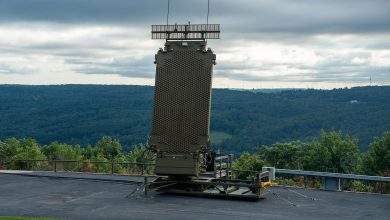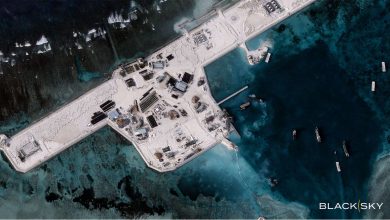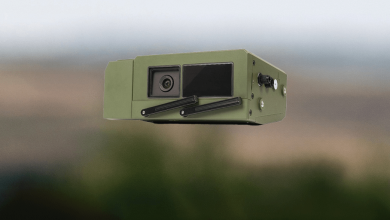
Thales and Airbus Unite with DGA to Enhance France’s Electronic Warfare Prowess
The French defense procurement agency (DGA) has conferred a contract to Thales and Airbus for the innovative joint tactical signals intelligence (SIGINT) framework aimed at enhancing the critical signals monitoring, direction finding, and spectrum analysis proficiencies of the French military.
This decade-long contract will provide the three branches of the military with a unified information system and array of sensors, categorized as a high-impact initiative (PEM), alongside CONTACT and SCORPION, under France’s defense expenditure strategy. This collaborative tactical SIGINT framework will grant French military command an enhanced tactical electronic support measures (ESM) capability.
The tactical SIGINT initiative will bolster the electronic warfare capabilities of frontline units, offering a suite of high-performance portable or vehicle-mounted resources compatible with modern communication technologies. The updated system will monitor and pinpoint enemy communications, thereby supporting tactical operations in the field, ensuring the safety and security of our personnel. It will supply the electronic support vehicles of the French Army’s 54th Signals Regiment (SCORPION initiative), the frontline warships of the French Navy, and the Atlantique 2 maritime reconnaissance aircraft, and may also be deployed to secure air bases during overseas military operations.
This system will stand as the only one of its type in service within the French military. All three branches will depend on the same logistical framework to streamline the training of specialized operators and enhance through-life support delivery.
The initiative will leverage the combined expertise of co-contractors Thales and Airbus.
Thales will utilize the SIGINT proficiency developed by the Group across several established initiatives: COHORTE (the existing French Army tactical SIGINT setup), MINREM (French Navy SIGINT framework), ARCHANGE (French Air Force new-generation SIGINT aircraft), and CLOVIS (strategic interministerial communications localization project). Thales will also build upon its strengths in end-to-end communications, radio communications, and communications security.
Airbus will contribute its expertise in strategic ELINT systems, drawing from its experience in programs such as RAMSES (strategic radio and satellite communications information system) and PARADOS (radio signal acquisition sensor). These frameworks are currently operational within France’s defense intelligence agency (DRM), the French Army, the French Air and Space Force, and the French Navy. Airbus will also leverage its intricate systems integration and security knowledge.
The initial phase of the initiative will grant the three armed forces a preliminary operational capability for signals monitoring, with subsequent optional phases designed to significantly amplify the number of units in service. New features (such as advanced data analytics capabilities for the information system, augmented detection, and technical analysis proficiencies) will be incrementally integrated throughout the contract duration, supplying the French military with a suite of cutting-edge electronic warfare systems and functionalities.
“As threats evolve and proliferate, reliable intelligence is an indispensable aspect of sovereignty and a strategic asset for operational decision-making, force safeguarding, territorial integrity, and civil security. We are honored to participate in this program to enhance France’s intelligence capabilities in support of frontline forces across all environments, contributing to their safety and effectiveness during crucial missions,” stated Marc Darmon, Executive Vice President, Secure Communications and Information Systems, Thales.
“Our armed forces confront an increasing array of threats and need to rely on a continually growing amount of data,” added François Lombard, Director of Intelligence Business at Airbus Defence and Space. “When combined with aerial and satellite imagery and other sources, these new electronic intelligence capabilities will enable the identification of these threats, and above all, allow them to be characterized with markedly greater precision.”







